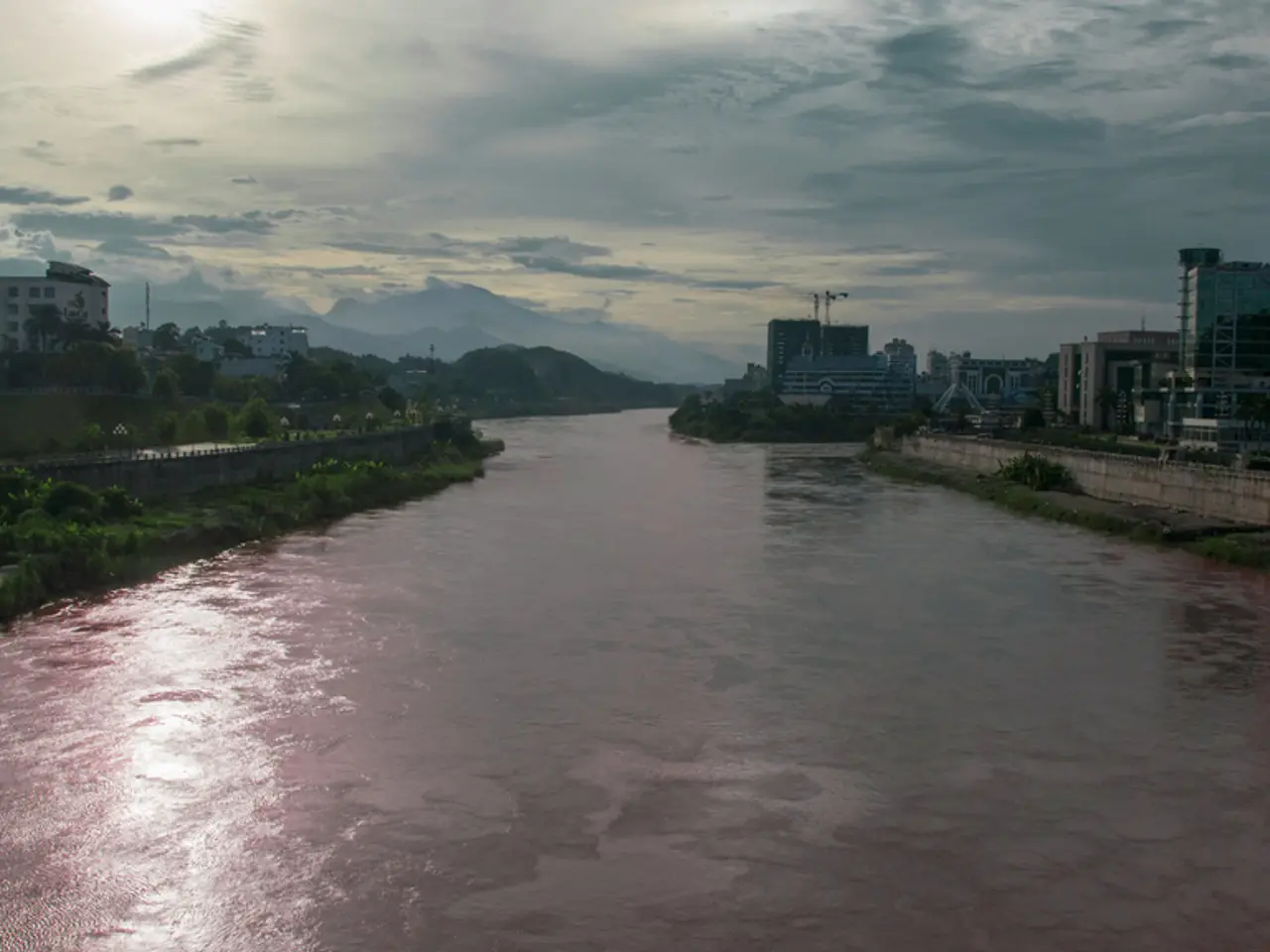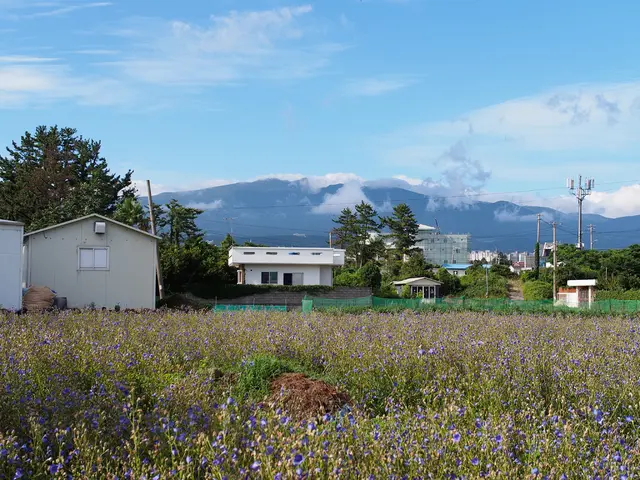Escaping the Complexities of Hydropower Challenges
In the fight against climate change, renewable energy, including hydroelectric power, plays a crucial role. Hydropower accounts for 16% of the world's electricity generation, making it a significant contributor to the global energy mix. However, the construction of new hydropower projects in Europe raises concerns about the impact on some of Europe's last free-flowing rivers, such as Albania's Vjosë and Aoös Rivers.
A well-designed and well-managed hydropower plant, particularly run-of-the-river plants, can contribute to the energy transformation with relatively small environmental impact. R. Andreas Kraemer of Ecologic Institute emphasises that a hydropower plant that fits into the local ecosystem and is operated with an eye on fish and other wildlife can make a great contribution to the energy transformation.
However, not all hydropower projects are environmentally friendly. Hydroelectric power plants can have a harmful effect on their immediate environment. The Ilisu dam on the Tigris River, operated by Turkey, is a contentious example. Scheduled to go into full-scale operation this year, the Ilisu Plant has displaced 80,000 people and threatens to drown the 10,000-year-old town of Hasenkeyf and other historical sites. The dam's construction further fuels resentment downstream in Syria, Iraq, and Iran.
Recognising these concerns, a study proposes a compromise: for every new, modern dam built, one of the low-productivity out-of-date plants should be decommissioned, and a free-flowing river restored to life. This approach aims to strike a balance between meeting energy demands and preserving the environment.
In Europe, over 8,700 small and medium-sized hydropower plants are planned or under construction, according to the World Wide Fund for Nature. Meanwhile, Germany is expanding its pump storage hydropower, such as at the Schwarzenbachtalsperre, to increase production and stabilize the power grid by 2027. German startup Energyminer is also developing new small-scale hydropower technology, planning to deploy new river sites in Europe starting 2024.
The study by the Institute for Sustainable Futures of the University of Technology Sydney suggests that the global community can hit the Paris summit's global 1.5C scenario through an aggressive buildout of renewable energy, but with a minimal amount of new hydropower and the refurbishment of all existing hydro plants. This approach emphasises the importance of updating and maintaining existing hydropower infrastructure rather than building new dams, which often wipe out vast areas of forest.
As the world moves towards a more sustainable energy future, striking a balance between energy needs and environmental impact is crucial. The hydropower industry must take responsibility for decommissioning old, obsolete plants that generate very little power, according to the compromise proposal. By doing so, we can ensure a greener, more sustainable future while preserving our precious natural resources.
In places like Turkey and the Balkans, other renewable energy sources like solar, wind, bioenergy, and geothermal could produce enough electricity to meet domestic demand and surplus for export, suggesting a promising future for a more diverse and sustainable energy mix. The key is to approach energy production with a mindful eye on the environment and the communities affected, ensuring a balance that benefits all.
Read also:
- Aiming to simplify the move towards cleaner automobiles, the newly established ministry plans to take direct action with Pannier-Runacher, Létard, and Vautrin at the helm.
- "The imperfect yet essential documentary, "Planet of the Humans," raises challenging and uncomfortable inquiries"
- Exciting Escapades of Tintin
- More than half of British homes adhere to insulation standards established during the 1970s.








